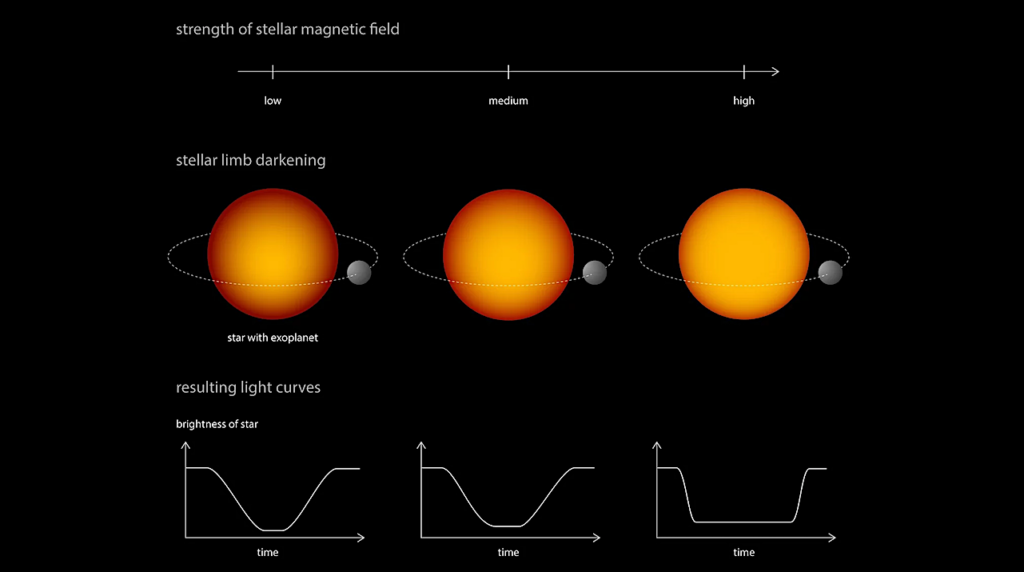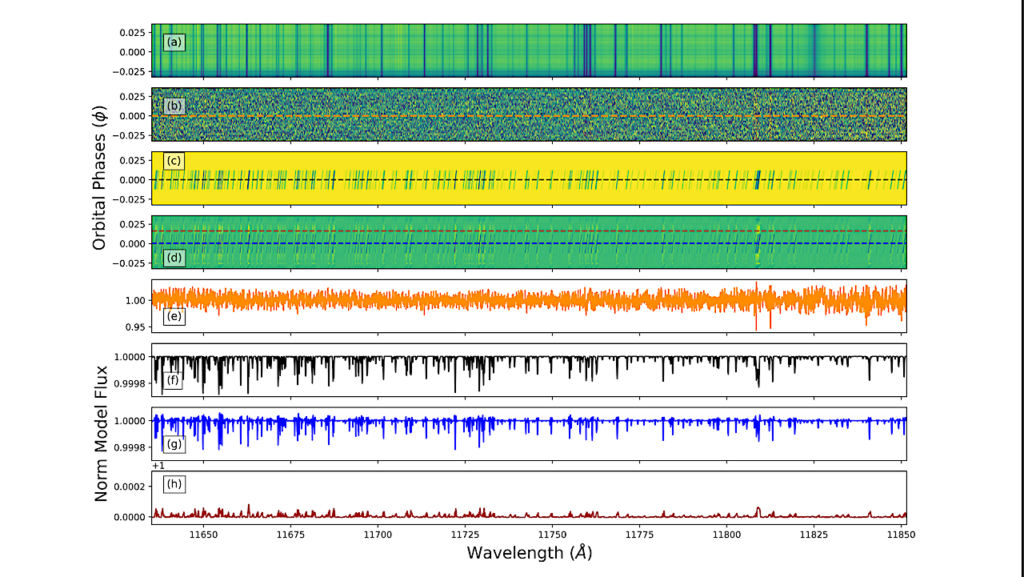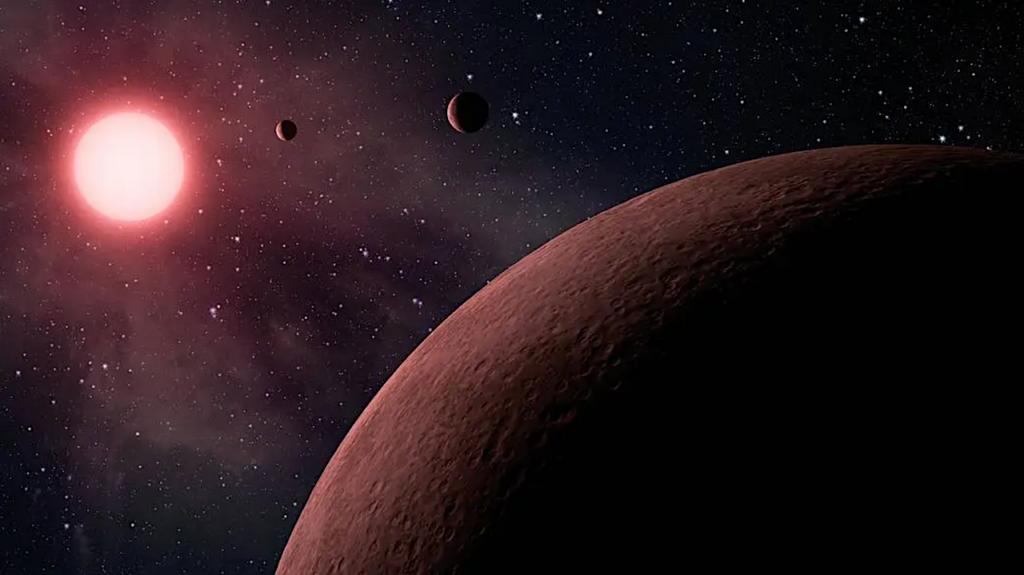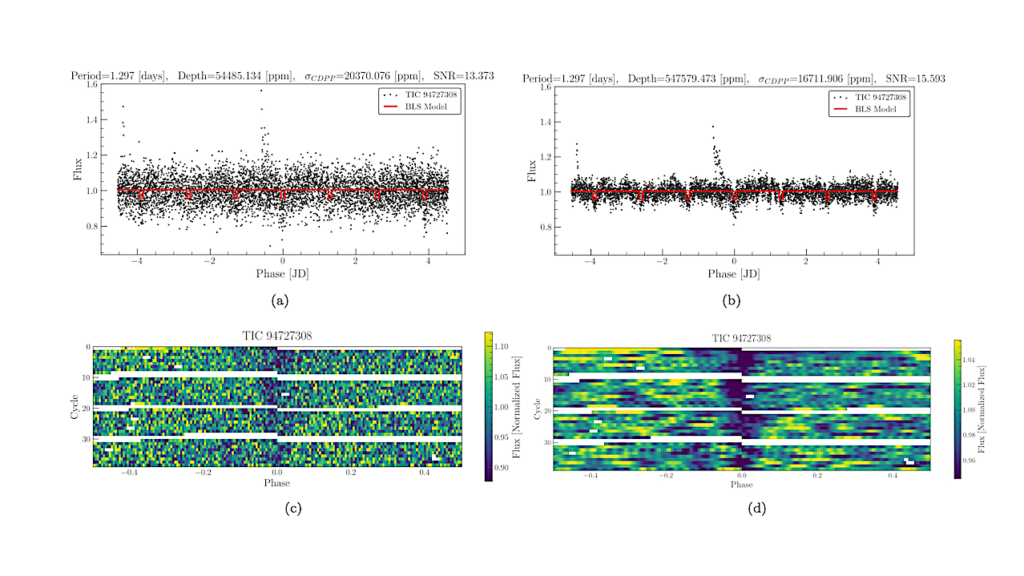Ions in the Thermosphere of Exoplanets: Observable Constraints Revealed by Innovative Laboratory Experiments

With the upcoming launch of space telescopes dedicated to the study of exoplanets, the Atmospheric Remote-Sensing Infrared Exoplanet Large-survey (ARIEL) and the James Webb Space Telescope (JWST), a new era is opening in the exoplanetary atmospheric explorations.
However, especially in relatively cold planets around later-type stars, photochemical hazes and clouds may mask the composition of the lower part of the atmosphere, making it difficult to detect any chemical species in the troposphere or to understand whether there is a surface or not. This issue is particularly exacerbated if the goal is to study the habitability of said exoplanets and to search for biosignatures.
This work combines innovative laboratory experiments, chemical modeling and simulated observations at ARIEL and JWST resolutions. We focus on the signatures of molecular ions that can be found in upper atmospheres above cloud decks. Our results suggest that H+3 along with H3O+ could be detected in the observational spectra of sub-Neptunes based on realistic mixing ratio assumption. This new parametric set may help to distinguish super-Earths with a thin atmosphere from H2-dominated sub-Neptunes, to address the critical question whether a low-gravity planet around a low-mass active star is able to retain its volatile components. These ions may also constitute potential tracers to certain molecules of interest such as H2O or O2 to probe the habitability of exoplanets. Their detection will be an enthralling challenge for the future JWST and ARIEL telescopes.
Jérémy Bourgalais, Nathalie Carrasco, Quentin Changeat, Olivia Venot, Lora Jovanović, Pascal Pernot, Jonathan Tennyson, Katy L. Chubb, Sergey N. Yurchenko, Giovanna Tinetti
Subjects: Earth and Planetary Astrophysics (astro-ph.EP); Instrumentation and Methods for Astrophysics (astro-ph.IM)
Cite as: arXiv:2004.12872 [astro-ph.EP] (or arXiv:2004.12872v1 [astro-ph.EP] for this version)
Submission history
From: Jeremy Bourgalais
[v1] Mon, 27 Apr 2020 15:28:38 UTC (6,435 KB)
https://arxiv.org/abs/2004.12872
Astrobiology








